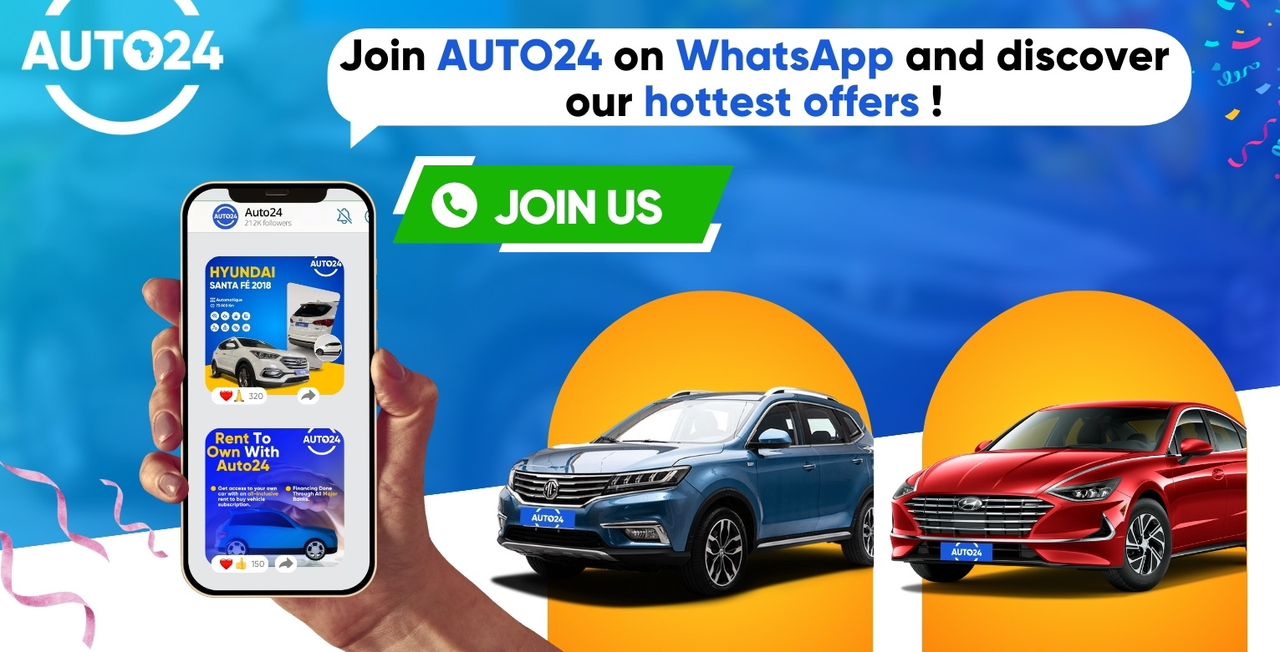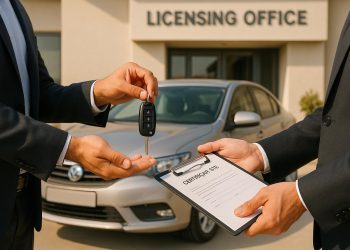Understanding fast vs slow charging for your EV is essential for South African drivers. Learn the differences, benefits, drawbacks, and tips for maximizing battery life and charging efficiency.
Why Charging Speed Matters
South Africa’s automotive industry is undergoing a transformation as electric vehicles (EVs) steadily gain traction. While fuel prices continue to rise and environmental concerns take priority, many drivers are exploring EVs as a sustainable alternative. But alongside excitement comes uncertainty: How do EVs charge, and what’s the difference between fast and slow charging?
Charging speed directly affects convenience, cost, and battery health. For urban commuters, slow charging might be sufficient, while long-distance travelers may rely heavily on fast charging. Understanding both methods helps drivers make informed choices, balance daily needs, and extend battery life.
Basics of EV Charging Explained
How EV Batteries Work
At the heart of every EV is a lithium-ion battery pack. These batteries function like scaled-up versions of those in smartphones or laptops. When you plug in your EV, electricity flows into the battery, storing energy as chemical potential. This stored energy powers the electric motor, which drives the wheels.
Two types of current are important here:
- AC (Alternating Current): The standard form of electricity supplied to homes.
- DC (Direct Current): The form of electricity batteries use directly.
Home chargers usually supply AC, while fast chargers deliver DC directly to the battery.
Charging Levels Overview
There are three main charging levels:
- Level 1 (Slow AC Charging): Uses a standard 230V household plug. Charging speeds are very slow (2–3 kW). Best suited for overnight charging with limited daily driving.
- Level 2 (Medium AC Charging): Requires a dedicated wall box or public charger. Power output is 7–22 kW, cutting charging times significantly.
- Level 3 (DC Fast Charging): Found at public stations, delivering 50–350 kW. Can recharge 80% of a battery in less than an hour.
What Is Slow Charging?
Characteristics of Slow Charging
Slow charging typically refers to Level 1 and Level 2 charging. It relies on AC electricity and usually outputs between 2–7 kW.
Pros of Slow Charging
- Battery-friendly: Gentle charging preserves long-term battery health.
- Affordable: Uses existing home infrastructure with minimal costs.
- Convenient overnight use: You wake up to a full battery every morning.
- Lower grid demand: Distributes electricity use during off-peak hours.
Cons of Slow Charging
- Time-consuming: May take 8–12 hours to fully charge.
- Limited practicality for long-distance travel: Not ideal for road trips without long stops.
- Dependent on home power availability: Requires a safe, reliable electricity supply.
What Is Fast Charging?
Characteristics of Fast Charging
Fast charging (DC charging) provides high power directly to the battery, ranging from 50 kW to 350 kW.
Pros of Fast Charging
- Speed: 80% battery recharge in 30–60 minutes.
- Convenience: Ideal for road trips and emergencies.
- Expanding availability: More fast-charging stations are being installed nationwide.
Cons of Fast Charging
- Higher costs: Public fast charging is more expensive than home charging.
- Potential battery wear: Frequent use may accelerate degradation.
- Infrastructure dependency: Requires specialized, costly equipment.
Comparing Fast vs Slow Charging
Charging Time Differences
- Slow charging: Full charge in 8–12 hours (overnight).
- Fast charging: 80% charge in 30–60 minutes.
Cost of Charging
- Home charging (slow): Cheapest per kWh, especially with off-peak rates.
- Public fast charging: Costs more but saves time.
Impact on Battery Life
- Slow charging: Extends battery longevity.
- Fast charging: Convenient but may slightly reduce lifespan if used too often.
Convenience & Accessibility
- Slow charging: Accessible at home, requires time planning.
- Fast charging: Widely available at highway stations but may involve wait times.
When Should You Use Slow Charging?
- For daily commutes under 100 km.
- When charging overnight at home.
- If prioritizing battery health and cost savings.
When Should You Use Fast Charging?
- For long-distance travel.
- In emergency situations when running low on charge.
- When time is limited and convenience is essential.
Practical EV Charging Tips for South African Drivers
Charging at Home
- Install a dedicated wall box charger for safer, faster charging.
- Use timed charging features to take advantage of off-peak electricity tariffs.
Public Charging Stations
- Plan trips by mapping out charging stations ahead of time.
- Stay updated with the latest network developments on imotonews.co.za.
Smart Charging Practices
- Keep battery between 20–80% for everyday use.
- Avoid deep discharges (0%) whenever possible.
- Alternate between slow and fast charging to balance convenience and longevity.
EV Charging Infrastructure in South Africa
Current Availability
South Africa has seen growth in charging networks, with stations available in Johannesburg, Cape Town, Durban, and along major highways.
Expansion Plans
Private companies and government bodies are collaborating to expand fast-charging hubs. By 2030, more DC fast-charging corridors are expected across the country.
Challenges Facing EV Charging Development
- High costs of infrastructure installation.
- Unstable electricity supply (load-shedding).
- Need for standardized connectors.
Best EVs in South Africa Supporting Fast & Slow Charging
Popular Models and Their Charging Capabilities
- BMW iX3: Excellent balance between slow and fast charging.
- Jaguar I-PACE: Supports up to 100 kW DC fast charging.
- Nissan Leaf: A pioneer model, supports both AC and DC charging.
Affordable Second-hand Options
Second-hand EVs are a cost-effective option for new buyers.
Where to Find EVs Locally
Explore auto24.co.za for listings of both new and used EVs in South Africa. It’s a reliable platform for finding models like the Nissan Leaf or BMW i3 at competitive prices.
Environmental and Economic Impact of Charging Choices
Reducing Carbon Footprint
Choosing to charge at home with renewable energy sources like solar panels further reduces emissions.
Cost Savings Over Time
While installation costs for home chargers may seem high, they pay off by lowering long-term running costs compared to petrol vehicles.
FAQs on Fast vs Slow Charging
1. Does fast charging permanently damage EV batteries?
Not immediately, but frequent use can accelerate wear. Manufacturers recommend balancing both methods.
2. How much does it cost to fully charge an EV at home?
Costs vary depending on electricity tariffs but average R200–R250 for a full charge.
3. Can every EV use fast chargers?
No, charging capacity depends on the EV model. Always check manufacturer specifications.
4. How many charging stations are in South Africa?
Over 300 public stations, with more planned in coming years.
5. What’s the best way to charge for battery health?
Use slow charging overnight and reserve fast charging for long journeys.
6. Are second-hand EVs worth it?
Yes, they’re affordable and reliable. Check auto24.co.za for listings.
Conclusion: Choosing the Right Charging Method for Your EV
The choice between fast vs slow charging isn’t about one being better—it’s about using them wisely together. Slow charging is best for everyday use, ensuring affordability and battery health. Fast charging shines during long trips and emergencies, offering unmatched convenience.
As South Africa expands its charging network and more EVs become available on auto24.co.za, drivers have increasing flexibility in how they charge and travel. By combining both methods strategically, EV owners can enjoy cost efficiency, convenience, and longer battery life.





